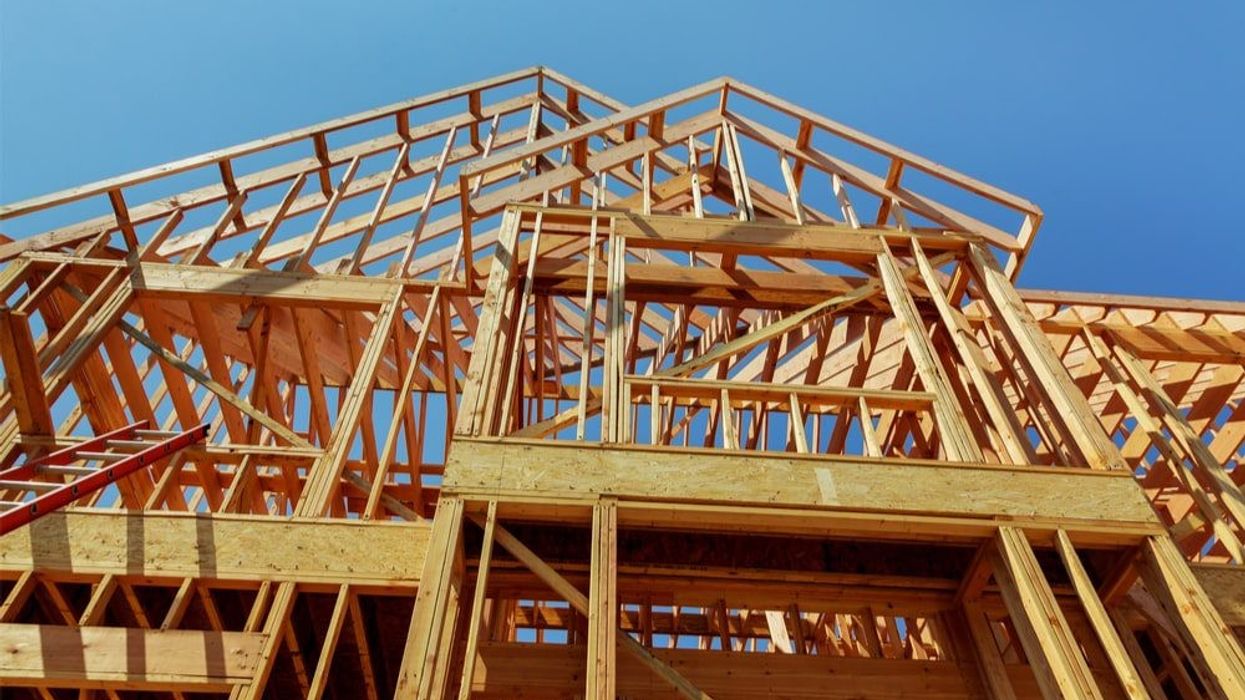Housing starts across Canada will need to increase by nearly 50% in order to offset the price gains expected to arise from the federal government's increased immigration targets.
The Government of Canada plans to welcome nearly 500K new permanent residents per year in 2023, 2024, and 2025. Naturally, this rapid rise in population will spur increased sales activity.
To offset the associated price gains, Desjardins estimates that housing starts will need to increase by almost 50% nationally, relative to their forecasted baseline of approximately 210K, immediately, and stay at the elevated level through 2024.
The equivalent of 100K more housing starts annually in 2023 and 2024, this would lead to the highest level of housing starts in Canadian history.
If the majority of these new Canadians settle in Ontario and British Columbia, as they have historically, home prices will rise and affordability will be further eroded, the effects of which will be felt nationally.
However, if more newcomers move to the Prairies -- which have historically had the most success at integrating immigrants -- pressure on home prices and housing affordability would be eased in areas under strain. The Prairies currently have the most affordable housing markets in Canada and are poised to have the best-performing economies in 2023, with increased distribution here supporting higher economic growth nationally.
According to Desjardins, if more new immigrants choose to live in the Prairies, as they did in 2016, the resulting downward adjustment of national home prices would be "more than enough" to offset the upward effect of a higher population.
Regardless of where they settle, the ensuing impact of immigration on home prices can be offset by an increase in housing stock, specifically the aforementioned 50% uptick in housing starts. While Desjardins's estimation is "much more ambitious" than the federal government's plans, which were laid out in Budget 2022, it falls short of the Government of Ontario's goal of building 1.5M homes by 2031.
If Ontario succeeds in reaching 150K housing starts annually in 2023 and 2024, there would be a "disproportionate offsetting impact" on the average home price in Canada, the report says.
Beyond Population-Driven Shortages
Increased immigration is not solely to blame for Canada's rising home prices, though, and new Canadians' contribution to the economy far outweighs their impact on the housing market. While Canada is currently building housing at a near-record pace, it has only been doing so since the start of the pandemic. A similarly rapid, yet sustained, pace was seen in the 1970s.
The reason for modern-day delays, as well as higher prices and lower density, Desjardins says, lies in policies like exclusionary zoning, heritage designations, and development charges. Labour shortages in the construction industry and supply chain issues share the blame, too.
Alongside Canada's rapidly aging population, a higher number of younger immigrants who can quickly join the labour force is "paramount," Desjardins said.
"Canada needs talented, young immigrants to increase productivity and offset the economic and fiscal drag from aging," the report reads.
"Economic immigrants are more likely to be employed and have higher earnings than native born Canadians, thereby raising Canada’s economic potential. Turning them away because of an inability or unwillingness to build more housing would leave Canada worse off."
Without new policies to accelerate homebuilding, Desjardins predicts that home prices will rise quickly in 2024, further eroding affordability.





















